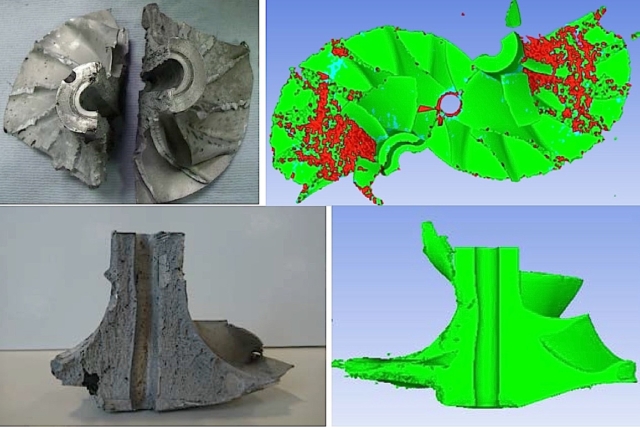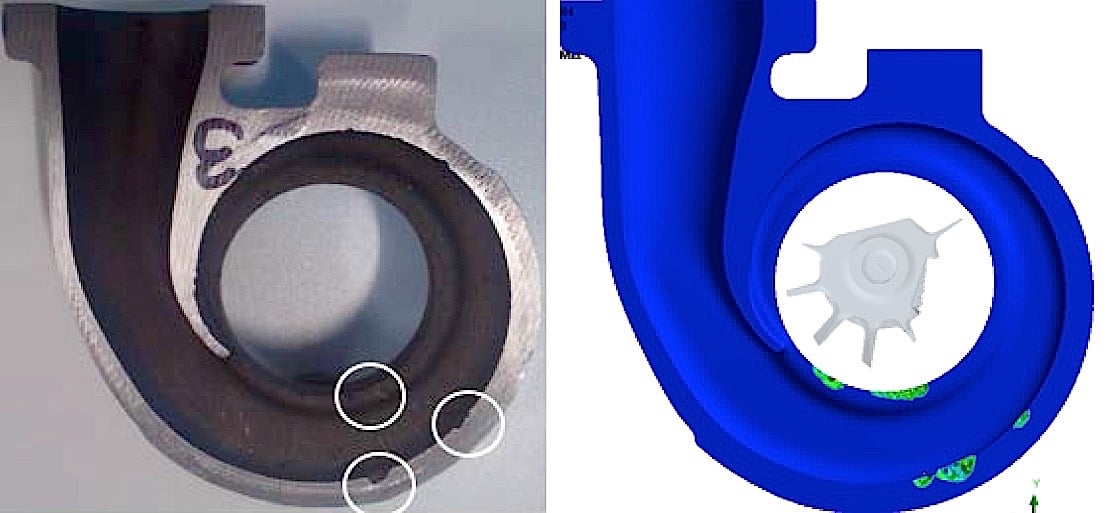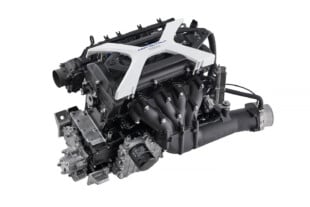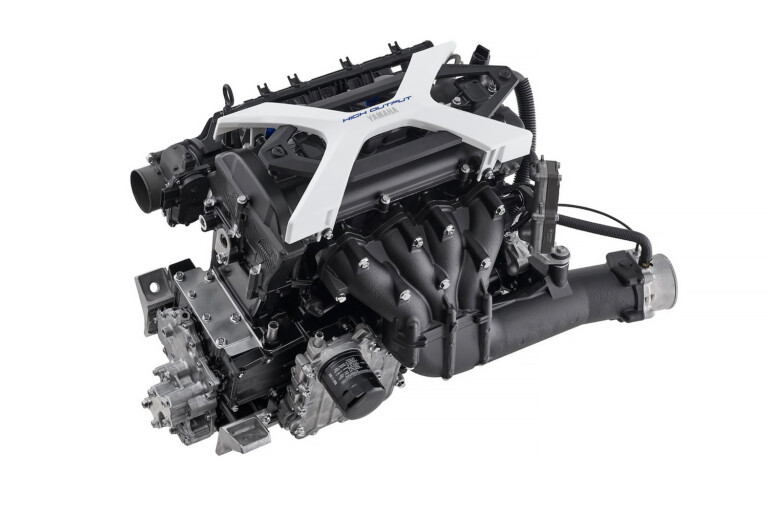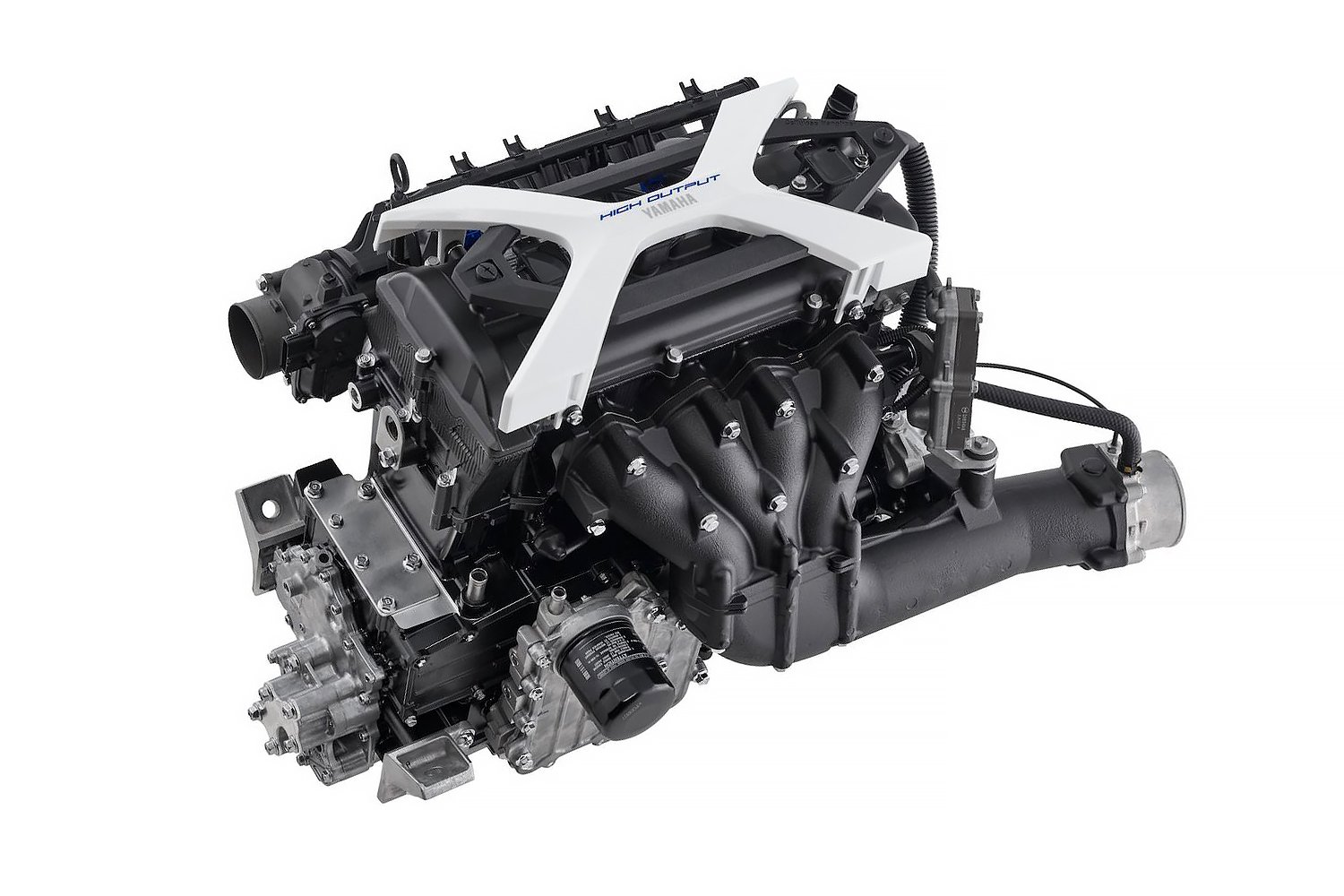Did you know the blade tip of a turbocharger wheel can reach 600 meters per second, or about 1,300 mph?
With turbocharger wheels spinning more than 200,000 rpm in many applications and approaching 300,000 in others, the potential for a catastrophic event is quite high if a wheel were to burst. Designing and manufacturing turbine and compressor housings to contain shattered components is crucial for product safety. But physical testing for these failures can get expensive.
Cummins recently released a report that showcases its Finite Element Analysis (FEA) computer simulation programs for containment in turbine housings in the event of a wheel burst. Although this technology is developing, the early results are promising and informative. In fact, the computer models correlated very close to actual tests.
The paper, written by Lin Wang and Mike Eastwood of Cummins Turbo Technologies in Huddersfield, UK, is mostly a collection of math formulas and computer-speak. One of the big challenges was simulating the turbine wheel burst. Engineers had to design a weakening slot that would lead to the wheel bursting at a targeted speed. Once that problem was solved, then the effects on the turbine housing could be studied.
More examples of how closely the models and physical test correlated with each other.
All new Cummins turbos must pass containment tests (for a look at tests conducted by Garrett some 30 years ago, check out the video below) before being released to the market. But an accurate FEA analysis will help shorten design cycles and lower test costs. The paper offered numerous examples of computer models compared to the actual parts following a physical test.
“We achieved good correlation to test over a number of simulations,” Eastwood told Automotive Testing Technology magazine, “allowing us to standardize analysis and test techniques. The next step for the compnay is to look at compressor end containment and other areas of the turbocharger where explicit analysis may be helpful.”



